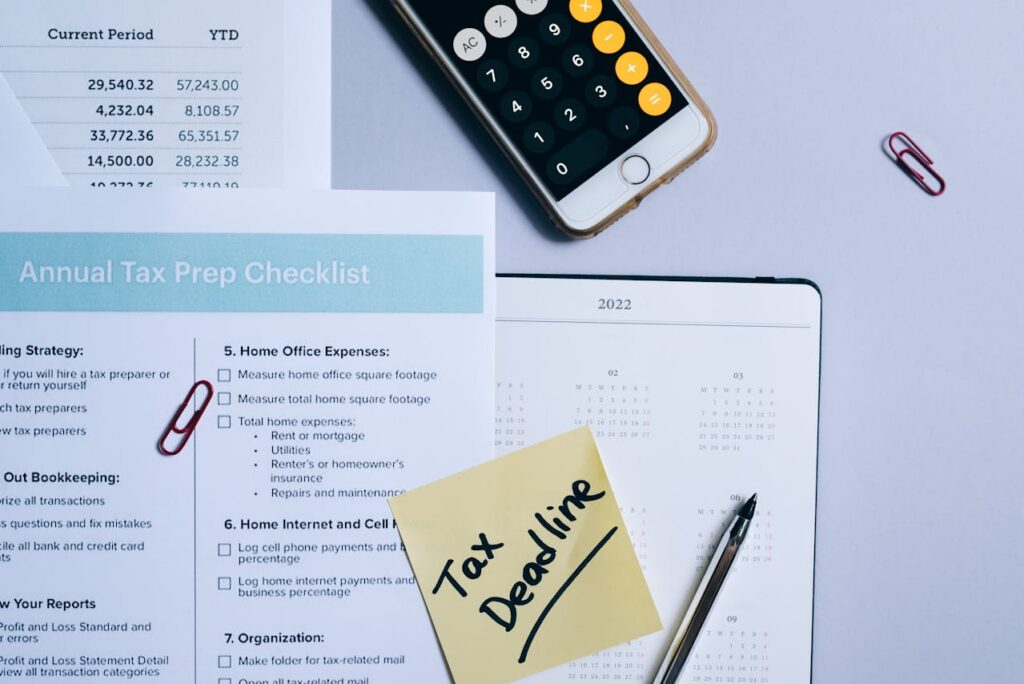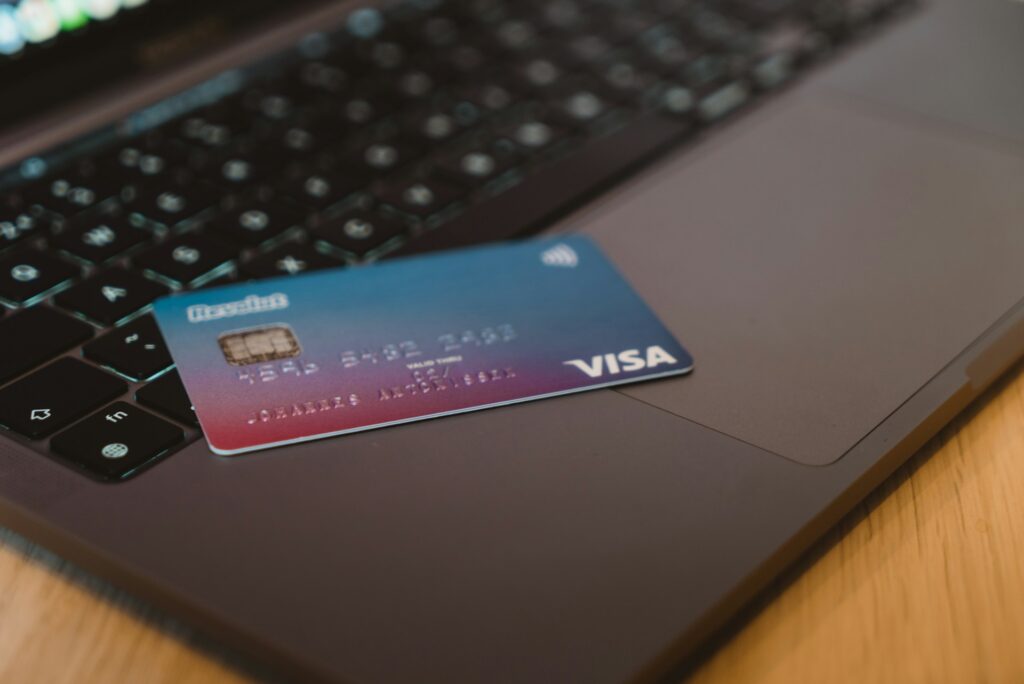Physical Address
304 North Cardinal St.
Dorchester Center, MA 02124
Physical Address
304 North Cardinal St.
Dorchester Center, MA 02124

If you’re like most people, you probably have a love-hate relationship with budgeting. On one hand, it’s supposed to be the magic tool that gets you closer to your financial goals. On the other, it can sometimes feel like a lot of effort with little payoff.
But what if I told you that there could be hidden mistakes in your budgeting process that are keeping you broke? The truth is, even small, seemingly harmless budgeting habits can have a big impact on your financial health.
In this article, we’ll break down three hidden budgeting mistakes that might be draining your wallet without you even realizing it. More importantly, I’ll show you how to fix them so you can start building a stronger, more sustainable financial future.

When most people think of budgeting, they focus on big-picture categories like rent, utilities, and groceries. But here’s the thing: tracking only the obvious expenses doesn’t give you the full picture of your finances.
It’s the little things—the daily coffee runs, the random online purchases, the forgotten subscription services—that often cause your budget to spiral out of control.
You might think that those $5 daily lattes or those quick, impulsive online buys aren’t a big deal. But when you add up the little expenses over time, they can add up to a lot more than you think. These sneaky costs can wreak havoc on your budget, especially if they’re left unchecked.
Let’s say you’re spending $5 a day on coffee. That’s $35 a week, $140 a month, and $1,680 a year—all for something that might seem small in the moment but adds up over time.
Similarly, those forgotten subscription services, like a streaming service you no longer use, can silently drain your account, unnoticed, until it’s too late.
To avoid these little expenses from wrecking your budget, you need to track everything. And I mean everything. Use budgeting apps like Mint, YNAB (You Need a Budget), or even a simple spreadsheet to record each and every expense, no matter how small.
These apps will categorize your spending, give you a visual representation of where your money is going, and help you spot patterns that you might otherwise miss.
Once you have a clear picture of your spending, you can identify areas where you can cut back. Maybe you’ll decide to brew your own coffee at home or cancel a subscription you barely use. Small changes can make a big difference in your overall budget.

Credit cards are a great tool for building credit and earning rewards, but they can also be a dangerous trap if you’re not careful.
The problem isn’t necessarily the credit card itself; it’s how you’re using it. If you don’t have a plan in place for paying off your balance, you could end up carrying debt month after month, which comes with high interest rates and fees that quickly add up.
If you’re using your credit card to pay for things without considering how you’ll pay it off, you’re essentially giving yourself permission to spend more than you actually have.
It’s easy to fall into the trap of thinking, “I’ll just put this on the card and pay it off later,” but if you’re not keeping track of how much you’re charging, you could easily find yourself in over your head.
Let’s say you put a $200 purchase on your credit card, and you don’t have a clear plan to pay it off in full before the due date. Even if you only pay the minimum balance, the interest rate can quickly make that $200 balloon into something much bigger.
This is how credit card debt builds up, and before you know it, you’re in a cycle of paying off high-interest debt instead of saving or investing for your future.
The key to using credit cards responsibly is having a clear plan for paying off your balance each month. Ideally, you should aim to pay off the full balance before the due date to avoid interest charges.
If you can’t pay it off in full, prioritize paying down the highest-interest debts first using strategies like the debt avalanche method.
If you struggle to avoid overspending, consider using your credit card for specific categories where you can track your purchases more easily.
For example, use your credit card only for groceries or gas and stick to your budget for those categories. This way, you’re limiting the potential for overspending while still reaping the rewards of using a credit card.
Another strategy is to automate your credit card payments. Set up automatic payments for at least the minimum balance, and ideally, pay off the full balance whenever possible. This ensures you never miss a payment and avoid late fees.
An emergency fund is the bedrock of a healthy financial foundation. Yet, many people skip it or put it on the back burner when budgeting.
If you don’t have an emergency fund, any unexpected expense—like a medical bill, car repair, or job loss—could throw your budget completely off track and put you into debt.
Without an emergency fund, you might be tempted to use your credit card or take out loans when life throws a curveball. This can quickly lead to more debt and interest payments, making it even harder to get ahead financially.
For example, if your car breaks down and you don’t have cash set aside for repairs, you might have to rely on credit cards, which could add hundreds of dollars in interest to your debt. Having an emergency fund prevents this from happening by giving you a financial cushion to rely on during tough times.
The best way to protect yourself from financial setbacks is to build an emergency fund. The general rule of thumb is to aim for at least three to six months’ worth of living expenses in a savings account that is easily accessible in case of an emergency.
Start small. If three to six months of expenses seems like an overwhelming goal, aim to save $500 or $1,000 first. This mini-emergency fund can cover smaller emergencies, like a car breakdown or an unexpected medical expense. Once you’ve built up that amount, work toward a fully funded emergency fund.
Set up a separate savings account for your emergency fund, and automate your contributions to ensure you’re consistently saving. Even if it’s just $25 a week, the small amounts will add up over time.
Budgeting doesn’t have to be overwhelming, but it’s important to be mindful of the small habits that might be keeping you broke. Tracking every expense, being strategic about credit card use, and building an emergency fund are all small changes that can have a huge impact on your financial future.
By recognizing these hidden mistakes and taking steps to fix them, you’ll be on your way to financial stability and freedom. So take a deep breath, adjust your mindset, and start making those small changes today. Your future self will thank you!
Here’s the budgeting blueprint for financial growth.